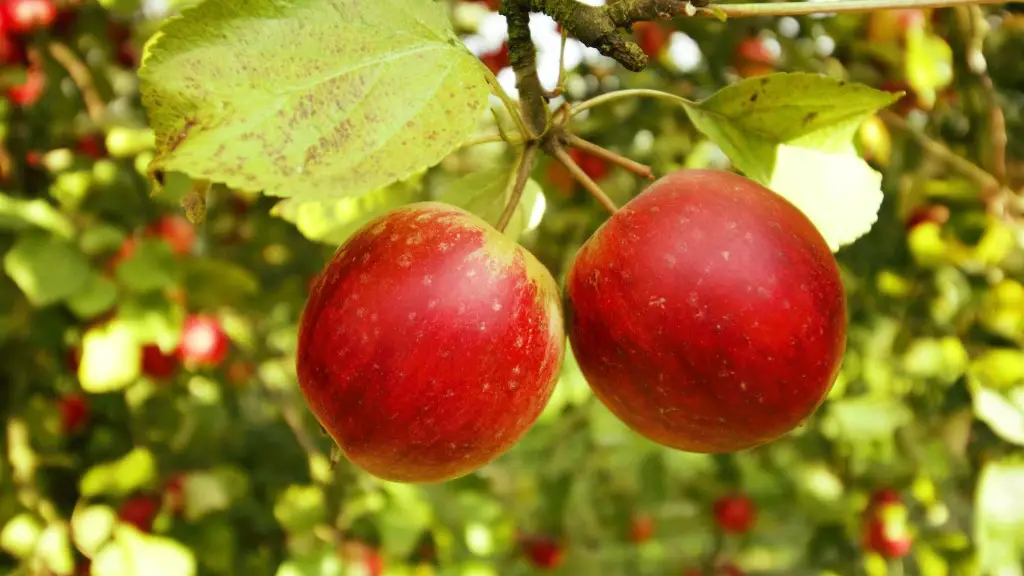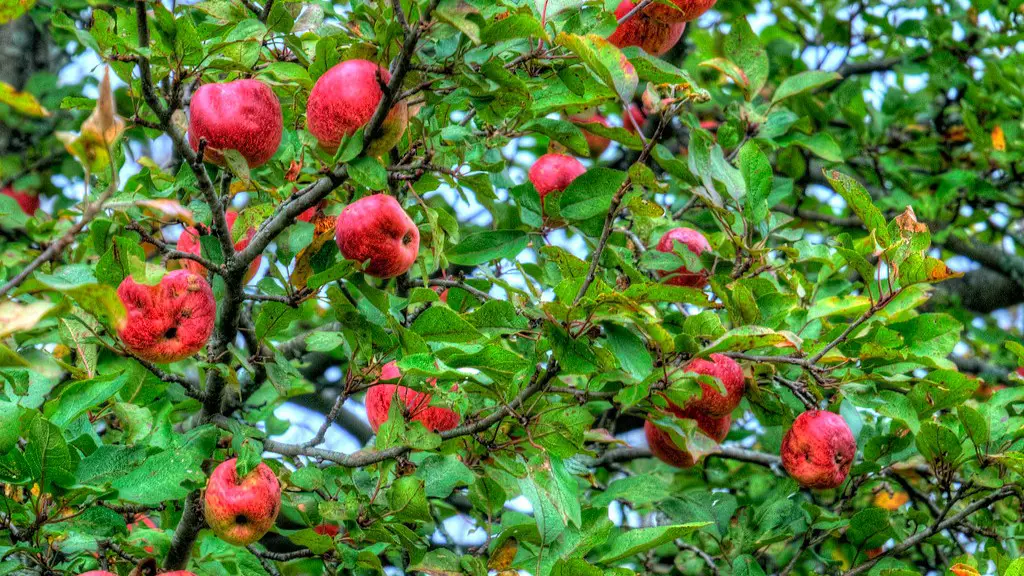Watering
Palm tree plants require frequent watering, but in manageable amounts. They should be watered at least once a week and possibly more often if the weather is particularly hot or the soil is sandy. The ideal watering frequency and amount will vary depending on the climate, soil, and exact species of palm tree, so it’s important to check with an expert to get tailored recommendations. To ensure that the plant is properly hydrated, it is important to soak the soil and water the base of the plant. This encourages the water to penetrate deeper into the soil, which can reduce the number of times the tree needs to be watered.
Fertilizing
In addition to proper watering, palm tree plants will benefit from regular fertilization. It is important to use a fertilizer that has been specifically designed for palm trees as other types of fertilizer can harm the tree. The fertilizer should be applied one to two times a month in small amounts, as over-fertilizing can lead to an accumulation of salts in the soil which can damage the roots of the plant. To further help the plant retain nutrients, it is recommended to mulch within the pot or around the base of the plant.
Sun Exposure
Palm tree plants generally require full sun with minimal shade. They tend to thrive in bright light, but can also tolerate partial shade. As with watering and fertilizing, the exact needs of the plant will vary depending on the species of the plant, the local climate, and other environmental factors. If the plant receives too much sun, it can be moved to a shadier area and if it is not receiving enough sun it can be moved to a brighter area.
Trimming
In general, palm tree plants should be trimmed once or twice a year. As the tree grows, dead leaves, branches and weak fronds should be trimmed off to help the tree conserve energy and grow healthier. Unhealthy buds, flowers, and stems should also be removed. Palm tree pruning should always be done on a dry day to reduce the chance of attracting fungus. To help maintain the aesthetic appearance of the plant, it is also important to regularly remove any yellowing or dried leaves.
Protect from Pests
Pests can be a major problem for palm tree plants, so it is important to protect the tree from any invasive species. This can be done by periodically treating the tree with a safe insecticide and using a protective cover when necessary. It is also important to regularly inspect the tree for any signs of disease or damage to ensure that any necessary action can be taken immediately.
Containers and Soil
Palm tree plants should ideally be placed in terracotta or plastic containers filled with soil specifically designed for indoor plants. If the tree is planted in soil that is too dense or too wet, it can lead to root rot, so it is important to make sure that the soil is well draining. Additionally, if the container does not have adequate drainage holes, the extra water can lead to root rot as well.
Disease and Insect Protection
Pests and diseases can cause significant harm to a palm tree, so it is important to regularly monitor the tree for any signs of an infestation or infection. In the early stages of any infestation or infection, it is highly recommended to use an appropriate pesticide or fungicide to control the problem before it becomes more serious. Applying an application of insecticidal soap can also help to keep pests away.
Temperature
Palm tree plants should be kept in temperatures between 18-25°C (60-77°F). Temperatures that are too high or too low can be harmful to the health of the tree and make it more susceptible to damage from pests and diseases. Even minor fluctuations in temperature can cause significant stress to the plant, so it is important to ensure the environment remains consistent and warm.
Winter Care
It is important to keep the palm tree plants warm during the winter months as temperatures that drop below 18°C (60°F) can cause damage to the tree. Ideally, the tree should be kept away from any drafts and cold areas of the house. Additionally, it is important to keep the tree hydrated as it is more vulnerable to drought in the winter, but watering should still be done in moderation to avoid overwatering.
Repotting
When necessary, it is important to repot a palm tree to provide it with more room to grow. Generally, most plants should be repotted once or twice a year in a container that is slightly larger than the one it was previously in and filled with fresh soil. The ideal time to repot a palm tree is in the spring once all the risks of cold weather have passed.
Providing Shade and Sufficient Light
In addition to managing the temperature, it is also important for the palm tree to receive adequate amounts of light and shade throughout the year. Ideally, the tree should receive a few hours of direct sunlight and the rest of the day can be spent in a shady spot. If the tree is receiving too much light, it is important to provide a sunshade during the hottest part of the day or move it to a shadier area.
Use of Air Conditioners or Fans
During the hotter months, it is important to keep palm trees comfortable and cool by using an air conditioner or fan. This can help reduce the temperature, increase air circulation, and keep the tree healthy. It is important to ensure that the airflow is steady so that the plant is not exposed to any sudden gusts of wind. Additionally, it is important to use a fan that is close enough to the tree without putting it at risk of being accidently knocked over.


